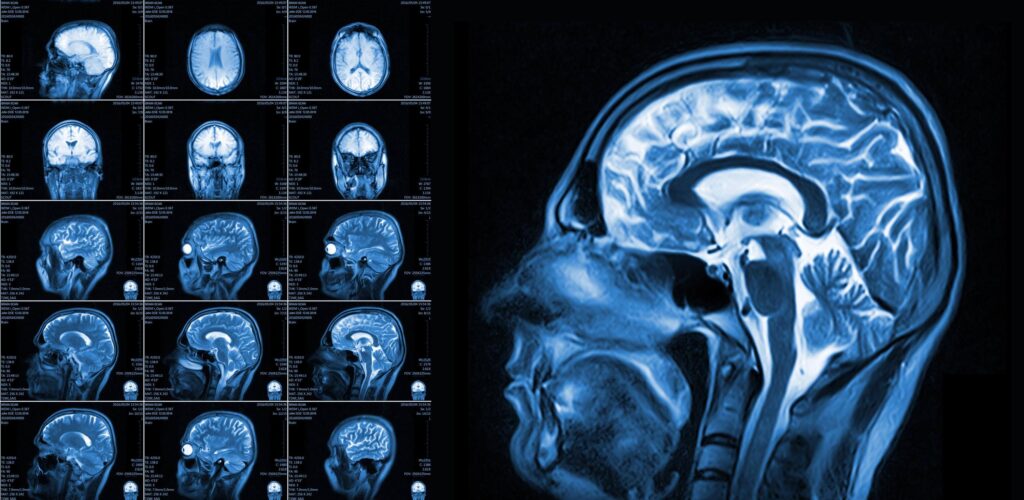The media has been focused on Chronic Traumatic Encephalopathy (CTE) for a few years, and most the reports about professional football players or others having CTE were based on information collected during autopsies. Now, however, new research indicates that you can now detect CTE using diagnostic imaging. If you are a former football player, the parent of a football player, or someone who has been exposed to other head injuries, you may want to consider imaging.
Using Imaging to Detect CTE
To detect CTE, imaging experts look for deposits of tau proteins in the brain. This protein tends to cluster in areas where brain cells have been damaged. Then, it spreads throughout the brain, killing even more brain cells. This pattern means that once the damage appears, the body’s natural response is to make the situation worse. To avoid this, you need to detect CTE as early as possible.
CTE Progression Without Treatment
When one patient had CTE, the symptoms first started as deficits in motor skills. He had trouble with daily tasks such as buttoning his shirt and tying his shoes. Then, his muscles started twitching, and he began to lose muscle mass. Within two years, he had to be admitted to a nursing home. There, the symptoms got worse. He lost the ability to speak clearly and control his bladder, and eventually he died.
Living With CTE
Unfortunately, there is no treatment for CTE right now. However, if you get CTE diagnosed through diagnostic imaging, there are steps you can take to reduce the effect of some of the symptoms. You may want to cut back on activities, and in particular, you should stop any activities that may lead to head injuries. You should also get plenty of sleep, avoid computers if they make your symptoms worse, and stop drinking alcohol.
Planning Ahead With Diagnostic Imaging
If you have a history of head injuries, you may want to turn to diagnostic imaging to find out if you have CTE or not. Getting a diagnosis can help you to plan ahead. You can start to establish habits that will make it easier to deal with this issue. For instance, you can get in the habit of writing things down. That way, if your memory starts to fail, you already have this coping mechanism in place.
You can also take steps such as naming a power of attorney for both medical and financial matters. If you ever become incapacitated, this ensures that your matters are taken care of by someone you trust. If you don’t make these decisions while your mind is still functioning well, you risk the state appointing a caretaker for you.
Benefits of Diagnostic Imaging
In addition to the benefits discussed above, diagnostic imaging can also help you detect other brain issues such as mental illness. When you know what’s going on with your brain and your body, it’s easier to make well informed decisions about your health care.
If you need a brain scan or any other type of diagnostic imaging, contact American Health Imaging today. We are exclusively focused on imaging, and we work with patients as well as doctors. For your convenience, we have locations in Alabama, Florida, Georgia, and Texas.
